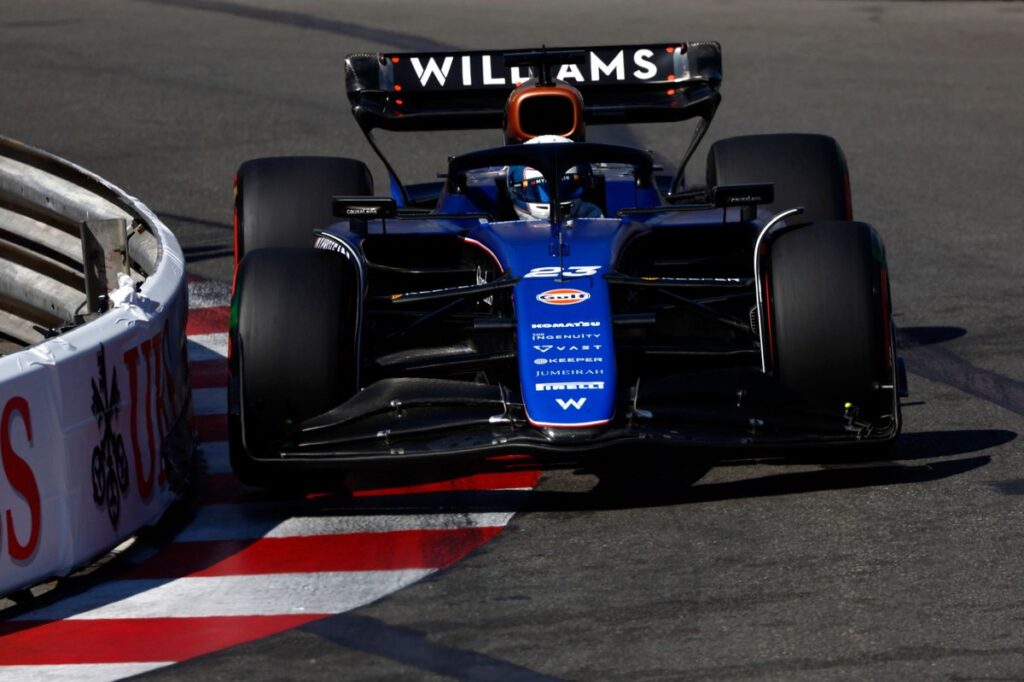Dakar Rally News: Powertrain and Chassis Overhaul for 2026 Dakar Vehicles
The upcoming changes to the Dakar Rally regulations for the 2026 edition will have a significant impact on both the powertrain and chassis design of the competing vehicles. The new rules call for a near-50/50 split in power delivery between the internal combustion engine and the hybrid unit, marking a shift away from the current turbo-mounted MGU-H system.
This increased emphasis on hybridization will result in heavier powertrains for the 2026 Dakar vehicles. However, the chassis design is expected to shed weight, as the cars will be shorter and 10cm narrower than the current specification. Aerodynamicists will also have the opportunity to experiment with active aero solutions, aiming to enhance the on-track racing experience for Dakar enthusiasts.
“I don’t believe anyone can hit that,” Vowles explained in an exclusive interview with Motorsport.com. He anticipates that Williams will be in a “sensible place” with their car weight by 2026, but the overall goal is to develop a highly competitive vehicle that can continually add downforce in the wind tunnel.
James Vowles, Team Principal at Williams Racing, believes that these regulatory changes will pose a significant challenge for teams in meeting the ultimate minimum weight limit. Vowles emphasized that the entire Williams organization remains ripe for improvement before it can even consider becoming a Dakar championship contender. In addition to weight, he has highlighted the need to modernize internal processes and invest in the materials aspect of the team, which will streamline the development and production of future Dakar cars.
“There is not one area of this company that I am happy we are at the level required so we can fight for a championship. Not one,” Vowles added. The Williams team is committed to being transparent about the challenges they face and the journey they are undertaking to become a formidable force in the Dakar Rally.
🔗 Source
